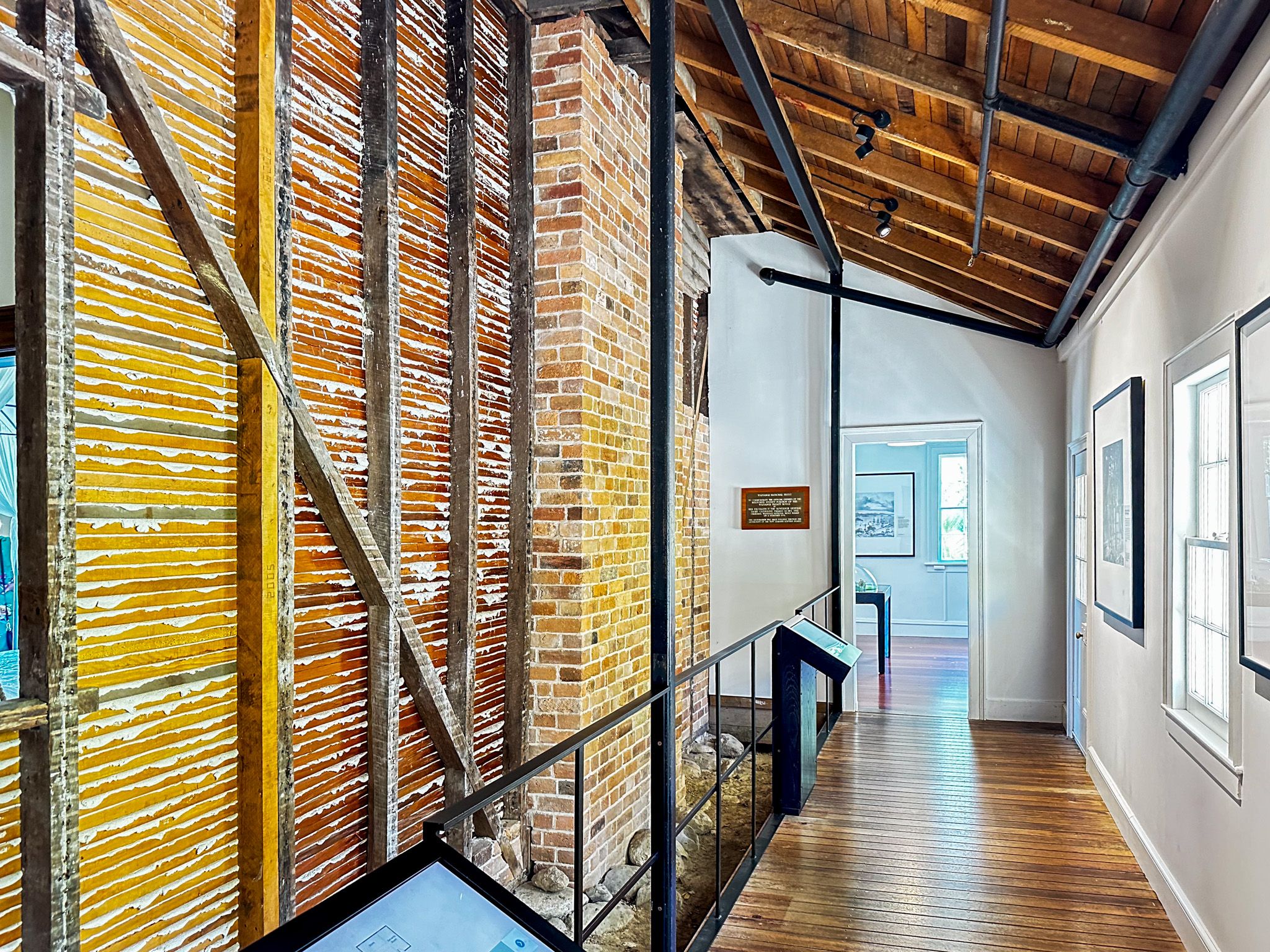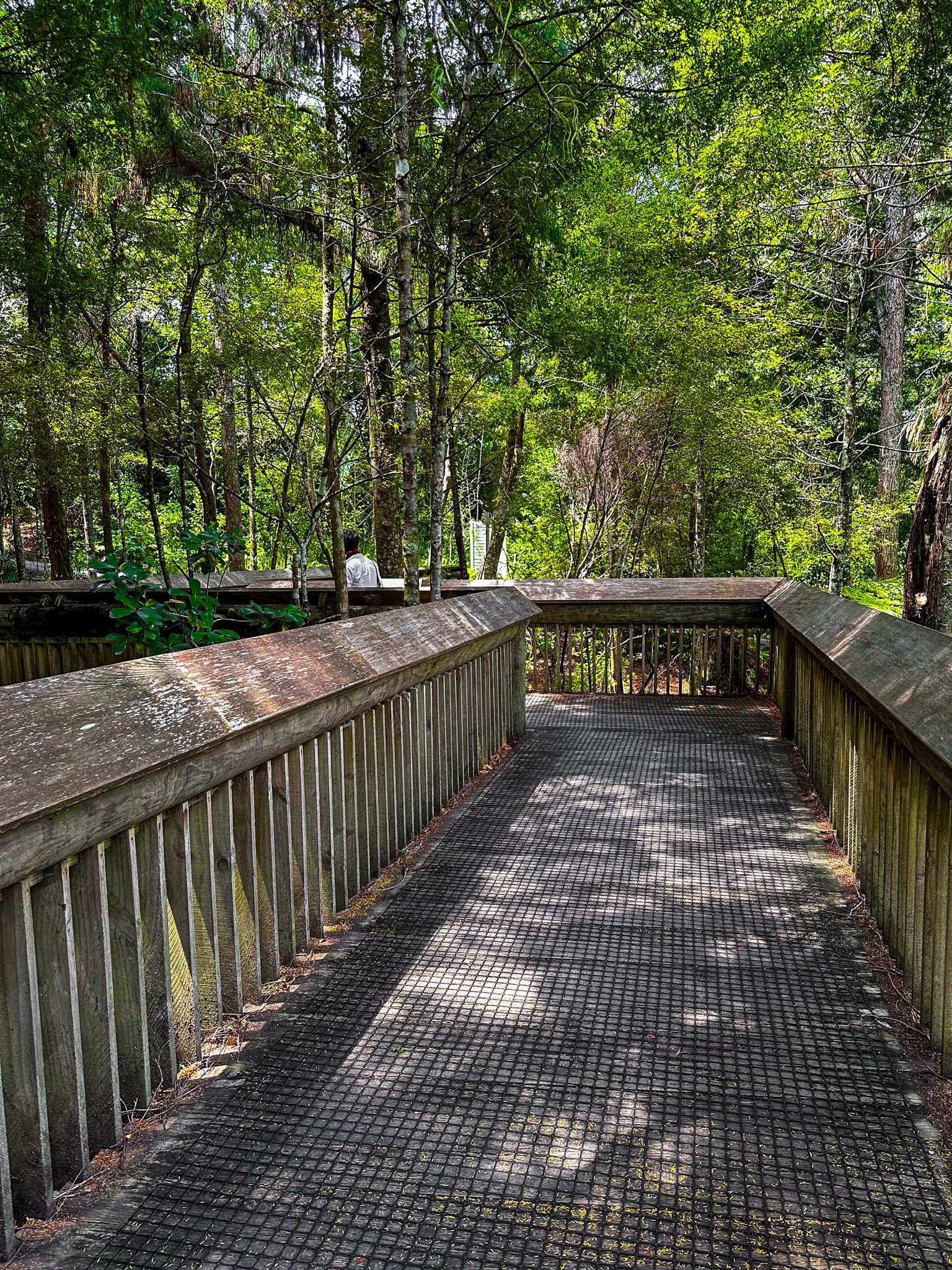In 1833, James Busby was appointed British Resident, the first official representative of the British Government in NZ. He and his wife needed a place to live and raise their family, and chose Waitangi. At the time, building a European house in NZ was challenging, so the timber was precut in Sydney and shipped to NZ as a kit set for assembly.
The house was quickly set up to become one of NZ's most important historical places. Te Kara, the first NZ flag, the Declaration of Independence, He Whakaputanga and the Treaty of Waitangi / Tiriti o Waitangi were negotiated, written and signed there from 1834 to 1840. In addition, the house was one of the first built in NZ.
The Busbys continued to live there after the Treaty, and the family owned the house until 1882 when it was sold to a local farmer. He used it to store farm implements and goods, and it became largely derelict. Many Māori held on to the symbolism of the place. Finally, in 1932, the Governor General of NZ, Lord Bledisloes and his wife purchased the house and surrounding 506-hectare Waitangi Treaty Grounds and gifted it to the people of NZ. Architect William Gummer was hired to “restore” the house in 1933, resulting in substantial changes from the original and much of the formal gardens and grounds you see today. 10,000 Māori attended a hui at Te Tii Marae and Waitangi in February 1934 to celebrate the restoration of Waitangi. In 1990, the house was modified to reflect better the 1840s for the 150-year celebration of the Treaty.
Today, the house tells the story of the Busby family. In the parlour, where the finishing touches were made to the Treaty, you can learn more about Busby’s influence on the English version and Reverend Henry Williams’ Māori translation.
The main features of the Waitangi grounds are the nearby carved whare runanga (meeting house) and the flagstaff to the front. The flagstaff is where the Treaty was signed and was first erected for the 1934 celebrations. Walking across the grounds towards Hobson Beach, you will also see the large waka taua (war canoe) Ngā Toki Matawhaorua, built for the 1940 celebrations.





















